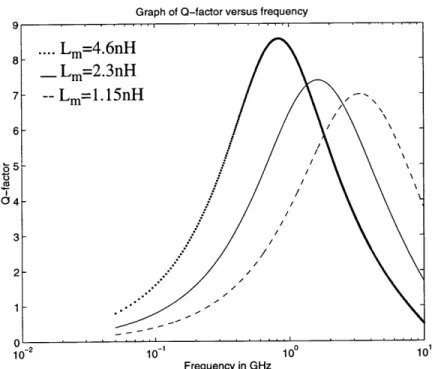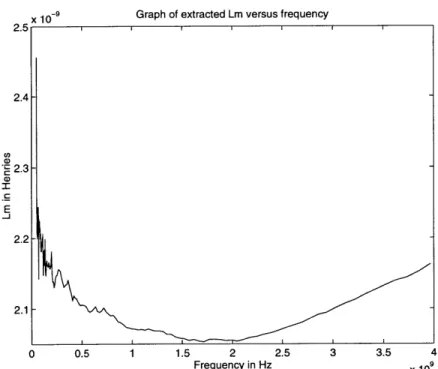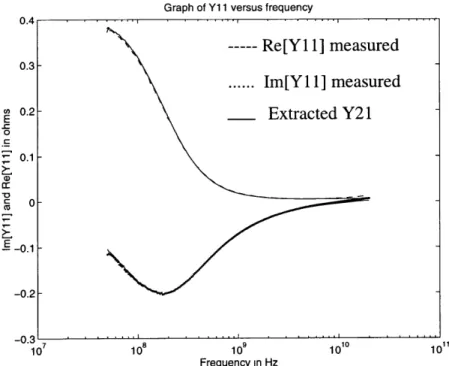The design of high Q-factor silicon integrated inductors for up to 4 GHz applications
Texte intégral
Figure




Documents relatifs
It’s hard to write a poem when there’s no one person you’re thinking it’s for, it’s just a dirty day and a long walk looking for strangers that look famous so you feel like you
The Economic Adjustment Programme was thus introduced into the domestic legal order with no respect for constitutional procedures and forms.. Incoherent justifications of
unemployment increases of 1979-86 developed from steep decline in industrial employment and they were unevenly distributed and convert into high levels of regional nonwork in
As mentioned, the conditions under which VP-internal OV can be cued are the same as in Grammar A (modulo the different positions for the auxiliary in Grammars A and B):
STAR permet également de simuler des processus ponctuels – suivant une intensité conditionnelle estimée – avec la méthode de l’« éclaircissage » (thinning) [9]..
Abstract—The concept of loss separation based on the Statistical Theory of Losses (STL) provides complete and accurate description of the frequency dependence of the energy
With the application of deep learning techniques to computer vision domain, the choice of appropriate loss function for a task has become a critical aspect of the model training..
As a first loss-calibrated approximate inference attempt, we propose an EM-like al- gorithm on the Bayesian posterior risk and show how it can improve a standard approach to





